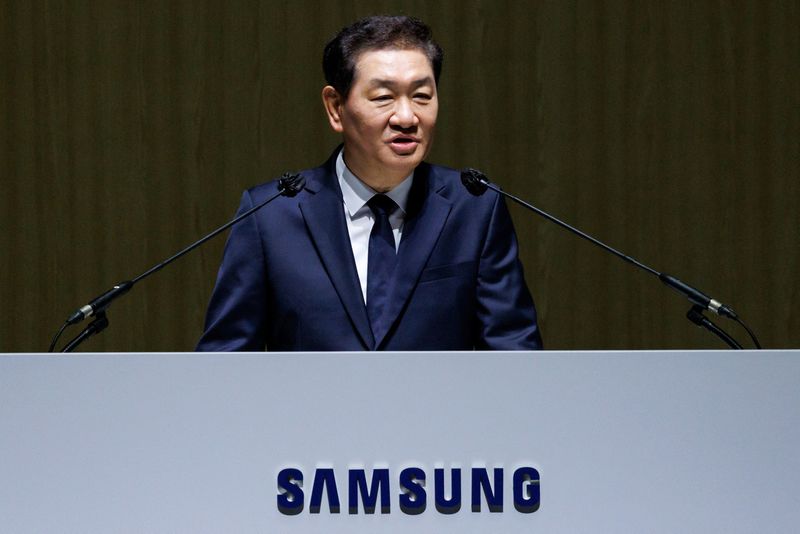Firefly Aerospace’s Blue Ghost Lunar Lander Achieves Historic Moon Landing Success
 |
| A Milestone in Private Lunar Exploration |
Firefly Aerospace’s Blue Ghost lunar lander has successfully touched down on the moon’s surface, marking a groundbreaking achievement in private space exploration. According to reports from major outlets like CNN and The New York Times, the unmanned spacecraft completed its descent at 3:34 AM Eastern Time, landing near the ancient volcanic terrain of Mons Latreille within the expansive Mare Crisium basin on the moon’s northeastern front side. This triumph positions Firefly Aerospace as only the second private company in history to accomplish a lunar landing, following Intuitive Machines’ success with its Odysseus lander. The Blue Ghost mission underscores the growing role of commercial entities in advancing lunar exploration, aligning with NASA’s ambitious Artemis program and Commercial Lunar Payload Services (CLPS) initiative to expand humanity’s presence on the moon.
The landing site, Mare Crisium, a vast basaltic plain stretching approximately 500 kilometers wide, offers a smooth and stable surface ideal for safe touchdowns and scientific study. Located near Mons Latreille, this region provides a unique opportunity to investigate the moon’s geological past, including volcanic activity and regolith composition. Firefly Aerospace released an official statement celebrating the milestone, noting that Blue Ghost achieved a stable and gentle landing on its very first attempt. Equipped with cuttingedge tools like a satellite navigation experiment computer, an automated dustcleaning glass system, and a lunar soil sample collection device, the lander is set to conduct a 14day mission on the moon’s surface. This duration corresponds to one lunar day, during which Blue Ghost will gather critical data to support future exploration efforts and resource utilization studies.
This successful lunar landing by Blue Ghost highlights Firefly Aerospace’s engineering prowess and its contribution to the evolving landscape of private space missions. The spacecraft carries 10 NASA payloads designed to perform a variety of scientific experiments, including the Lunar GNSS Receiver Experiment (LuGRE) for testing GPS and Galileo signals in space, the Electrodynamic Dust Shield (EDS) to remove lunar dust from equipment surfaces, and the Lunar PlanetVac (LPV) for collecting and sorting moon soil samples. Additional instruments, such as the Lunar Instrumentation for Subsurface Thermal Exploration with Rapidity (LISTER) and the Next Generation Lunar Retroreflector (NGLR), will measure subsurface heat flow and provide precise Earthmoon distance measurements, respectively. These tools collectively aim to deepen our understanding of the lunar environment, from its dusty regolith to its interaction with solar wind, paving the way for sustainable human exploration.
The significance of Blue Ghost’s lunar landing success extends beyond technical achievement; it represents a pivotal moment in the commercialization of space travel. As the second private entity to reach the moon, Firefly Aerospace joins Intuitive Machines in demonstrating that commercial companies can reliably deliver scientific payloads to extraterrestrial surfaces. This milestone builds on the legacy of NASA’s CLPS program, which seeks to outsource lunar deliveries to private firms, reducing costs and accelerating the pace of exploration. Mare Crisium’s selection as the landing site enhances the mission’s value, offering a relatively unexplored region for analyzing lunar soil properties and dust behavior, challenges that plagued Apollo astronauts with equipment wear and visibility issues. The data gathered over the next two weeks could inform strategies for mitigating these hazards in future missions, including potential resource extraction for insitu resource utilization (ISRU).
Firefly Aerospace’s Blue Ghost lunar lander also carries broader implications for international space collaboration and the private sector’s role in cosmic discovery. By successfully landing in Mare Crisium, a site unvisited by previous U.S. missions, Blue Ghost opens a new chapter in lunar science. The mission’s imaging capabilities, including plans to capture a solar eclipse from the moon’s surface, promise to deliver visually stunning and scientifically rich data. With a solar panel generating up to 400 watts of power and a robust communication system, the lander is wellequipped to transmit its findings back to Earth. This achievement not only validates Firefly’s technology but also boosts confidence in the private space industry’s ability to support NASA’s goal of establishing a sustainable human presence on the moon by the end of the decade.
The Blue Ghost lunar landing success story is a testament to the rapid advancements in private space exploration technology. As Firefly Aerospace celebrates this historic feat, the mission’s outcomes will likely influence future lunar expeditions, from refining navigation systems to developing dustrepellent materials. For enthusiasts searching for updates on private lunar missions or the latest breakthroughs in moon landing technology, Blue Ghost stands as a shining example of innovation and ambition. Its 14day journey on the lunar surface promises to yield insights that could shape the next era of space exploration, reinforcing the moon’s role as a stepping stone for humanity’s deeper ventures into the cosmos.



Comments
Post a Comment